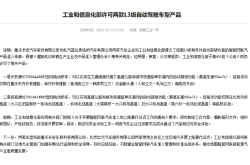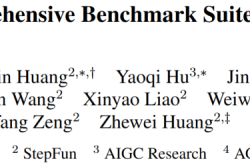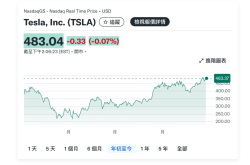Stellantis: Is Splitting Up a Wiser Move Than Staying United?
![]() 11/03 2025
11/03 2025
![]() 587
587
Lead & Introduction
A single comment from a former automotive executive has ignited a flurry of debate: Carlos Tavares, the ex-CEO of Stellantis, has suggested that the world's fourth-largest automaker might face disintegration. While consolidation in the automotive industry often brings about synergies and cost efficiencies, this automotive behemoth—formed through the merger of numerous brands across Europe and North America—is now grappling with multiple crises. Could this scenario be a modern-day manifestation of the ancient Chinese proverb, "What has been united long shall divide; what has been divided long shall unite?"
Published by | This article is produced by: Heyan Yueche Studio
Written by | Article author: Zhang Dachuan
Edited by | Editor: He Zi
Full text: 2,598 characters
Reading time: 4 minutes
Since stepping down as Stellantis' global CEO in December of the previous year, Carlos Tavares, once celebrated for his stringent cost-control measures, has not remained on the sidelines. He made a bold assertion: Stellantis might be on the brink of splitting up.
Currently, Stellantis boasts a portfolio of 14 global automotive brands. Including its stake in the Chinese new energy vehicle (NEV) startup Leapmotor, its brand count rises to 15, far surpassing that of Toyota, the world's largest automaker. The rationale behind this extensive brand lineup stems from Stellantis' formation as a colossal alliance, primarily composed of the French PSA (Peugeot Citroën) and FCA (a merger of Fiat and Chrysler). During Tavares' tenure, PSA also absorbed General Motors' European operations in 2017, acquiring the Opel and Vauxhall brands.

△ Stellantis owns 14 global automotive brands
Tavares' Statement Is Not Without Basis
For automakers, business consolidation can indeed yield synergies and substantially reduce operational costs. A prime example is how General Motors' long-unprofitable European operations swiftly turned profitable after being integrated into PSA's system under Tavares' leadership. However, the situation is not absolute. According to Tavares, the delicate balance among the three key stakeholders within Stellantis—representing France, Italy, and the United States—could be disrupted, potentially leading to the company's fragmentation back into PSA (France), Fiat (Italy), and Chrysler (United States).
Why Might This Happen?
From a market perspective, Chrysler, with its strong foothold in the North American market, is undeniably more profitable. On one hand, Chrysler's brands and models, predominantly SUVs and pickup trucks, boast significantly higher profit margins compared to the sedans favored by European automakers. On the other hand, the U.S. economy is markedly stronger than Europe's, implying that U.S. consumers generally possess greater purchasing power. Additionally, the Trump administration's imposition of high tariffs on imported vehicles has further squeezed the profit margins of cars exported to the U.S. market. Considering all these factors, to maximize profits, the company would need to ramp up investment in North America, directly benefiting the original Chrysler operations.

△ The profit margins of Chrysler's SUVs and pickup trucks far exceed those of the sedans preferred by European automakers.
Perhaps this is indeed the case. Firstly, Antonio Filosa, who succeeded Tavares as CEO, previously served as Stellantis' Chief Quality Officer and Chief Operating Officer for the North American division, indicating that his performance in North America was recognized by the board. Moreover, his earlier career was primarily spent in South America, showcasing his familiarity with the American market. After assuming office, he pledged to invest $13 billion in the U.S., Stellantis' most profitable market. All signs point to Stellantis shifting its focus toward the U.S. market, prioritizing the launch of new models there and expanding production. In this scenario, personnel from the original Fiat and Peugeot Citroën operations are likely to feel dissatisfied. According to the new CEO's plans, European companies could be marginalized in terms of both new model launches and job security.
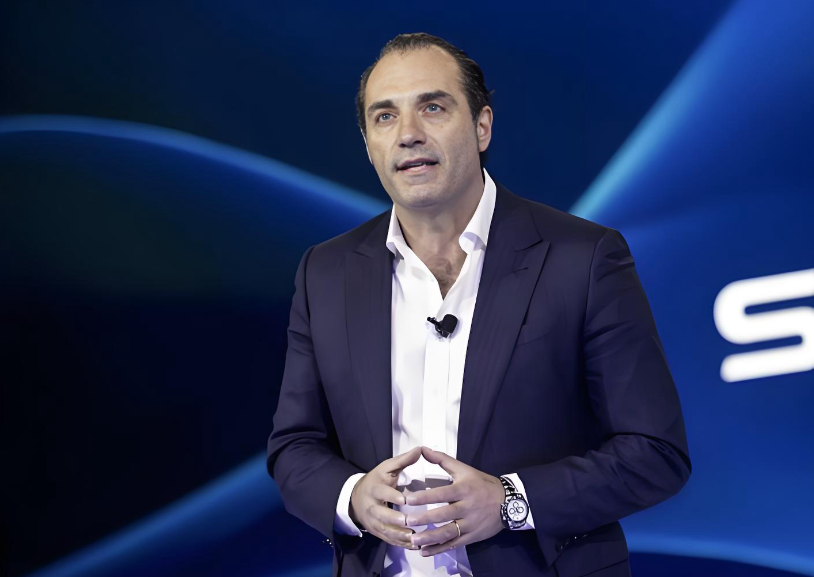
△ Stellantis' new CEO exhibits a strong preference for the American market.
Stellantis Faces a Critical Choice
Besides the shift in investment focus, the vastly different market conditions in Europe and the United States suggest that splitting up might be a more prudent move for Stellantis in the future.
In the U.S. market, with the Trump administration canceling electric vehicle subsidies, sales of new energy vehicles are expected to plummet significantly. Both General Motors and Ford have recently shown signs of slowing down their investments in electric vehicles while increasing their focus on large-displacement fuel-powered vehicles (internal combustion engine vehicles). To maintain profitability in the U.S., Stellantis would need to continuously invest in the market, developing large-displacement SUVs and pickup trucks that are more popular among North American consumers. Indeed, Antonio Filosa has done just that. Within his first few months in office, he revived the Hemi V8 engine program, which Tavares had attempted to cancel, and canceled several pure electric vehicle projects, including the electric Ram 1500 REV pickup truck, which his predecessor had strongly supported.

△ The Ram 1500 REV pure electric pickup truck project has been halted.
In contrast, in Europe, while there are doubts about the rapid full-scale replacement of internal combustion engine vehicles with electric vehicles, various subsidy policies clearly favor electric cars, and European consumers exhibit stronger environmental awareness. This makes it a primary choice for European automakers to aggressively promote electric vehicles. Therefore, to succeed in the European market, Stellantis would need to invest heavily in electric vehicles, even preparing for a price war with Chinese electric vehicles on its home turf. This would require the company to transfer profits from its North American operations to the European market for continuous electric vehicle updates. Considering the current cost advantage of Chinese electric vehicles, any European or American automaker would need to make significant efforts to catch up in the electric vehicle sector.
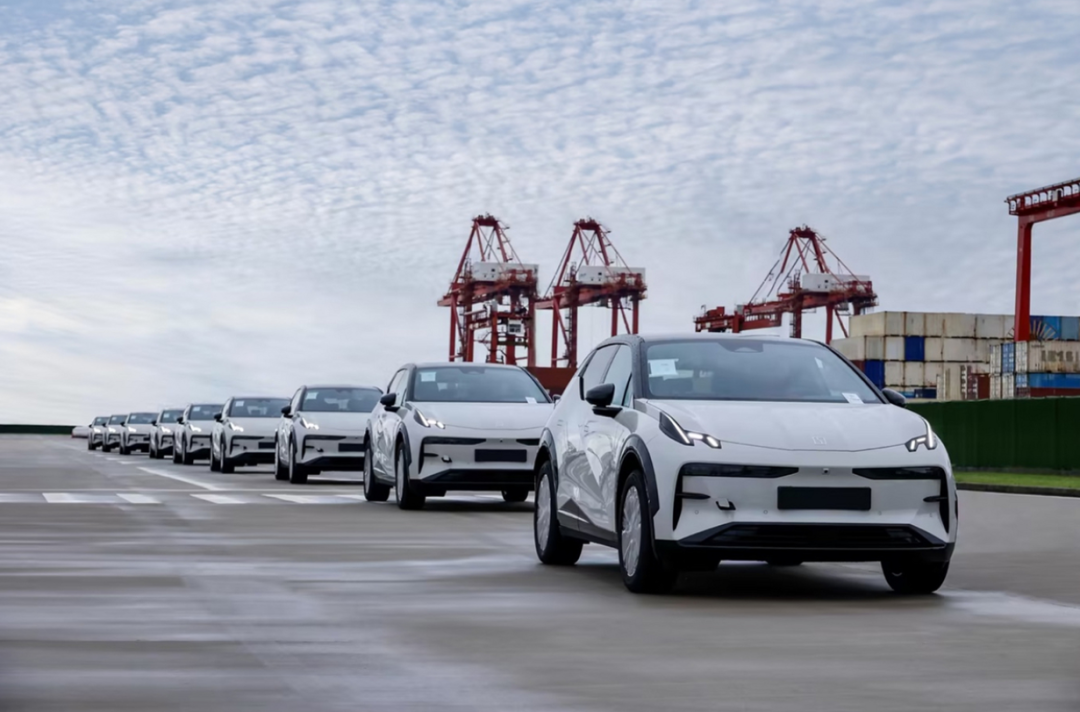
△ Chinese new energy vehicles are making a significant foray into Europe.
According to Stellantis' financial reports, it may not be able to focus on multiple fronts simultaneously. In the first half of this year, the group incurred substantial losses. Global sales reached 2.69 million units, down 8% year-on-year; revenue fell 13% year-on-year to €74.3 billion; and net losses amounted to €2.3 billion. In the short term, focusing on one direction is undoubtedly a wiser commercial choice. When profits are high, everyone can benefit, with some reaping more rewards and others receiving lesser shares. However, as Stellantis begins to incur losses, and this situation is unlikely to reverse in the short term, conflicts among stakeholders are inevitable. In such a scenario, the synergies achieved through corporate integration can be offset by entirely different development strategies.
Chinese Automakers Might Become the White Knights for Some of Stellantis' Businesses
With Antonio Filosa's strategy in place, Stellantis' U.S. operations are likely to emerge as the biggest winner. However, this strategy will inevitably provoke strong backlash from powerful European labor unions and even dissatisfaction from the French and Italian governments. Under such circumstances, the involvement of Chinese capital could effectively mediate the opposing factions, helping Stellantis revitalize its existing assets while preserving the interests of local governments and employees.
For Dongfeng and Chery, the automakers rumored to be potential "white knights," this would not be a losing proposition either. If they could acquire several European brands during Stellantis' internal restructuring, it would play a crucial role in their strategic layout in Europe and even globally. Geely's rapid rise to become a leading Chinese automaker is closely tied to the technological and brand support it gained after acquiring Volvo. Currently, as Geely/Lynk & Co expand into the European market, Volvo's dealer network plays a key role. Both Dongfeng's Voyah and Chery have recently completed listings on the Hong Kong Stock Exchange, gaining access to its shell resources. Therefore, from both a financing and global expansion perspective, acquiring well-known European brands with some remaining system capabilities would be a highly cost-effective move.
Commentary
Under current circumstances, forcibly keeping Chrysler, which originated in the United States, tied to Fiat and PSA from Europe no longer makes much sense. While a split may seem harsh, it would allow each brand to focus on its strongest market and maximize profits. Stellantis' current situation serves as a cautionary tale to companies that pursue scale through mergers and acquisitions: if the respective businesses lack strong cohesion and complementarity, forcing them into a massive multinational group may not be a viable path.
(This article is original to Heyan Yueche and may not be reproduced without authorization.)


